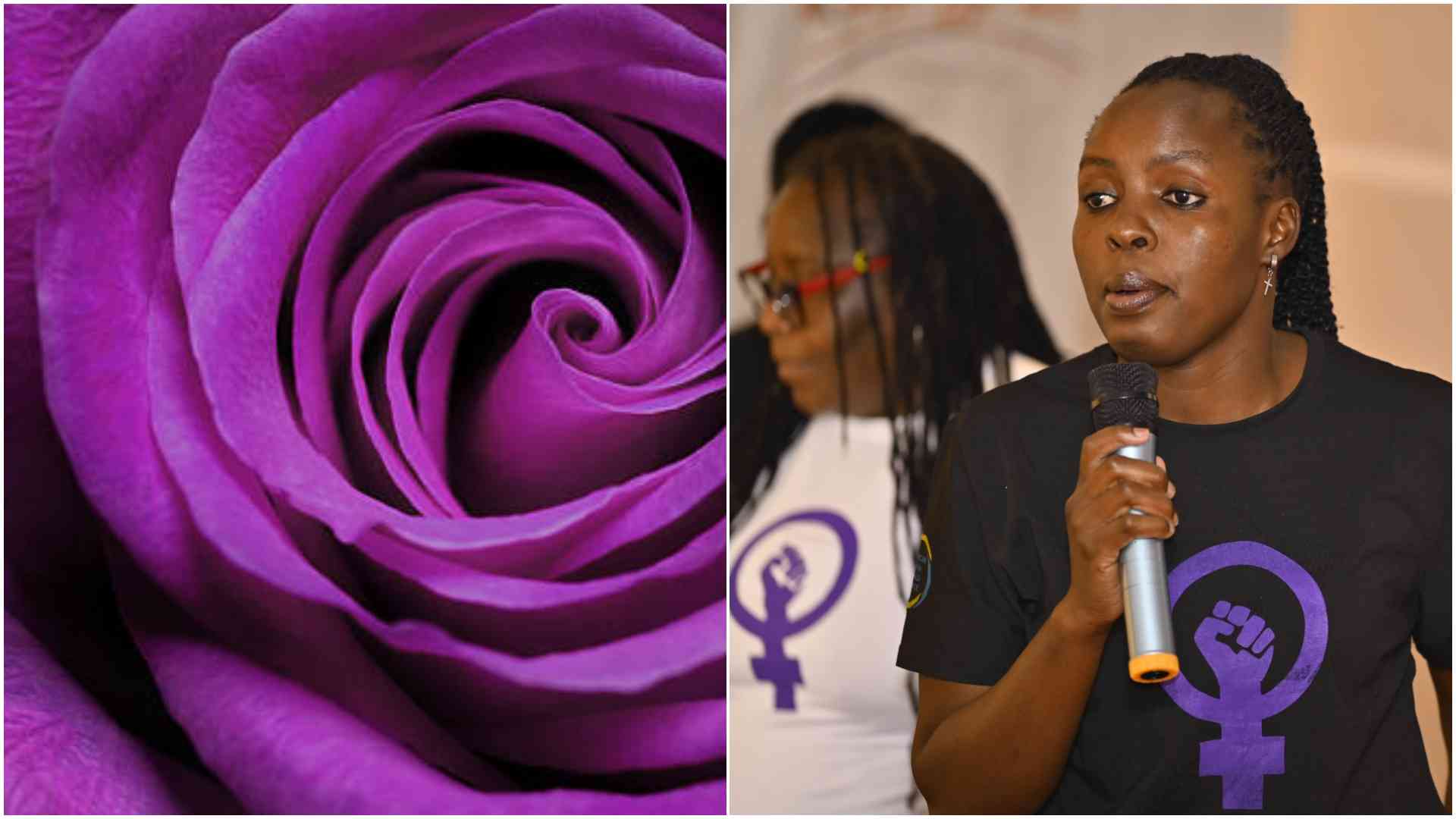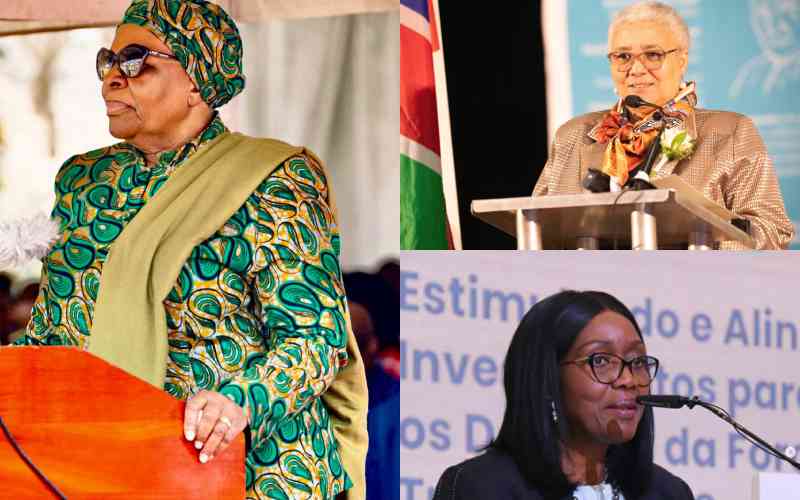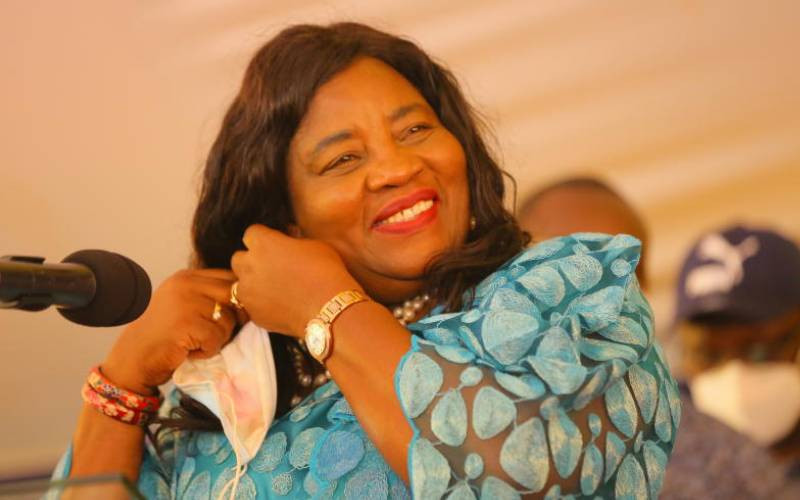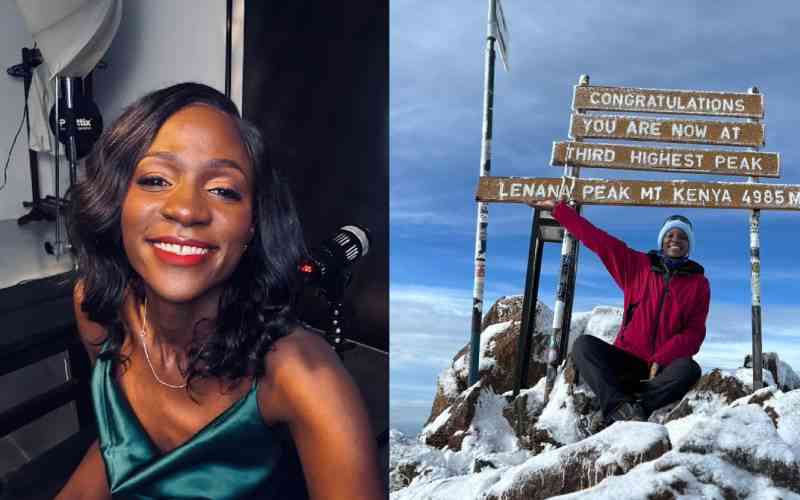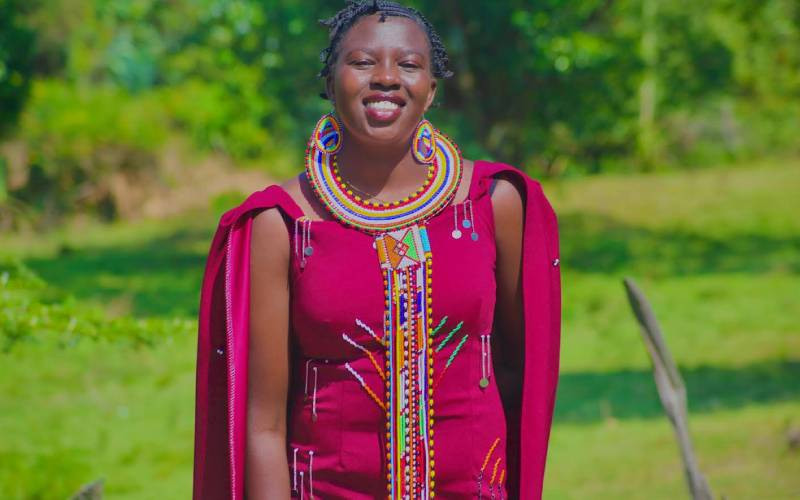
After months of waiting, we finally get an interview with Captain Ruth Karauri, the Kenyan pilot with a magic touch.
She has been on the news yet her big story has remained untold since she dazzled the world with her skilful landing at Heathrow Airport, London, following a raging storm.
The lighting in her Kitusuru home is perfect, with the soft morning rays bouncing off her white walls to reflect beautifully on her skin. Meanwhile, I have to employ some ring rights to get the same effect.
Facts First
This story continues on The Standard INSiDER. Subscribe now for unfiltered journalism that holds power to account.
Already have an account? Login
 The Standard Group Plc is a multi-media organization with investments in media
platforms spanning newspaper print
operations, television, radio broadcasting, digital and online services. The
Standard Group is recognized as a
leading multi-media house in Kenya with a key influence in matters of national
and international interest.
The Standard Group Plc is a multi-media organization with investments in media
platforms spanning newspaper print
operations, television, radio broadcasting, digital and online services. The
Standard Group is recognized as a
leading multi-media house in Kenya with a key influence in matters of national
and international interest.


